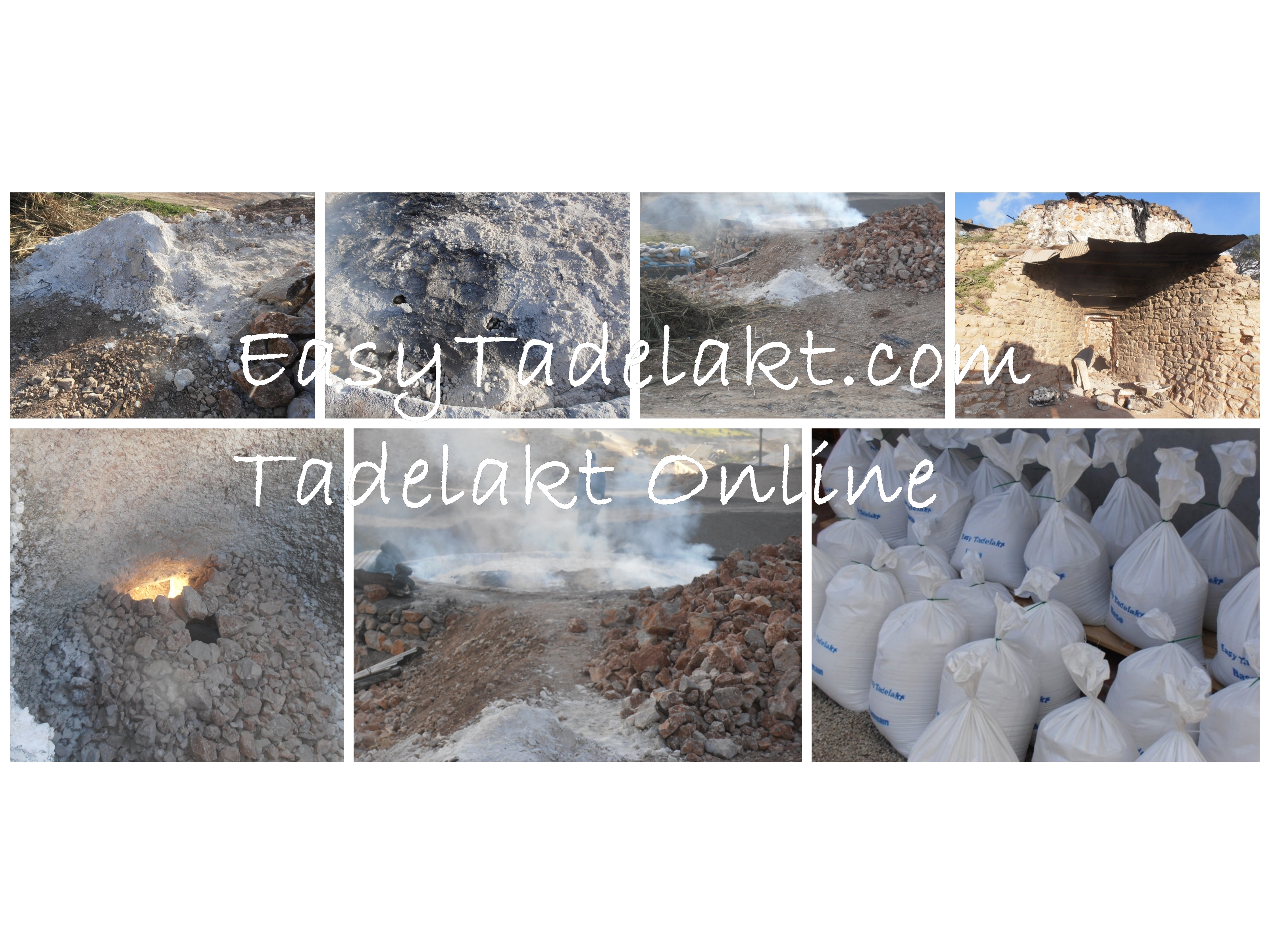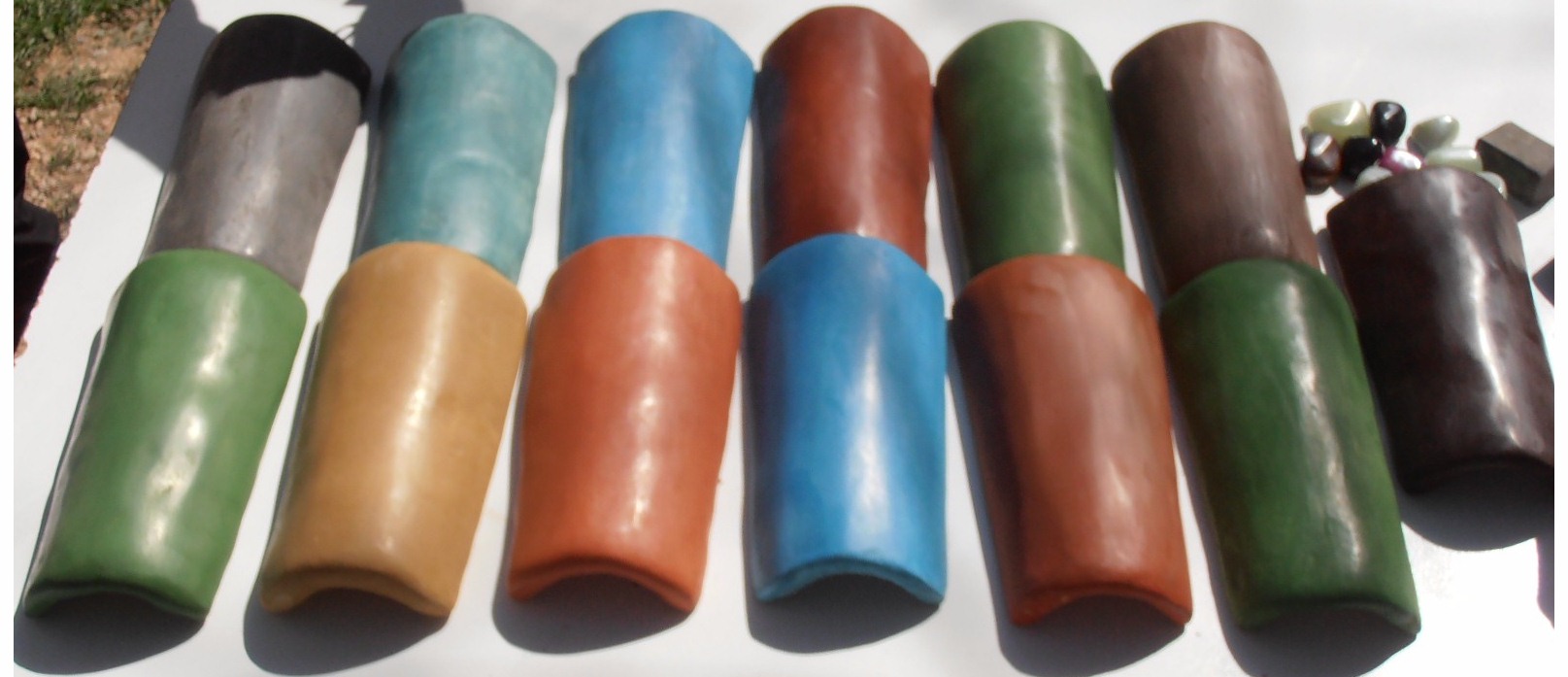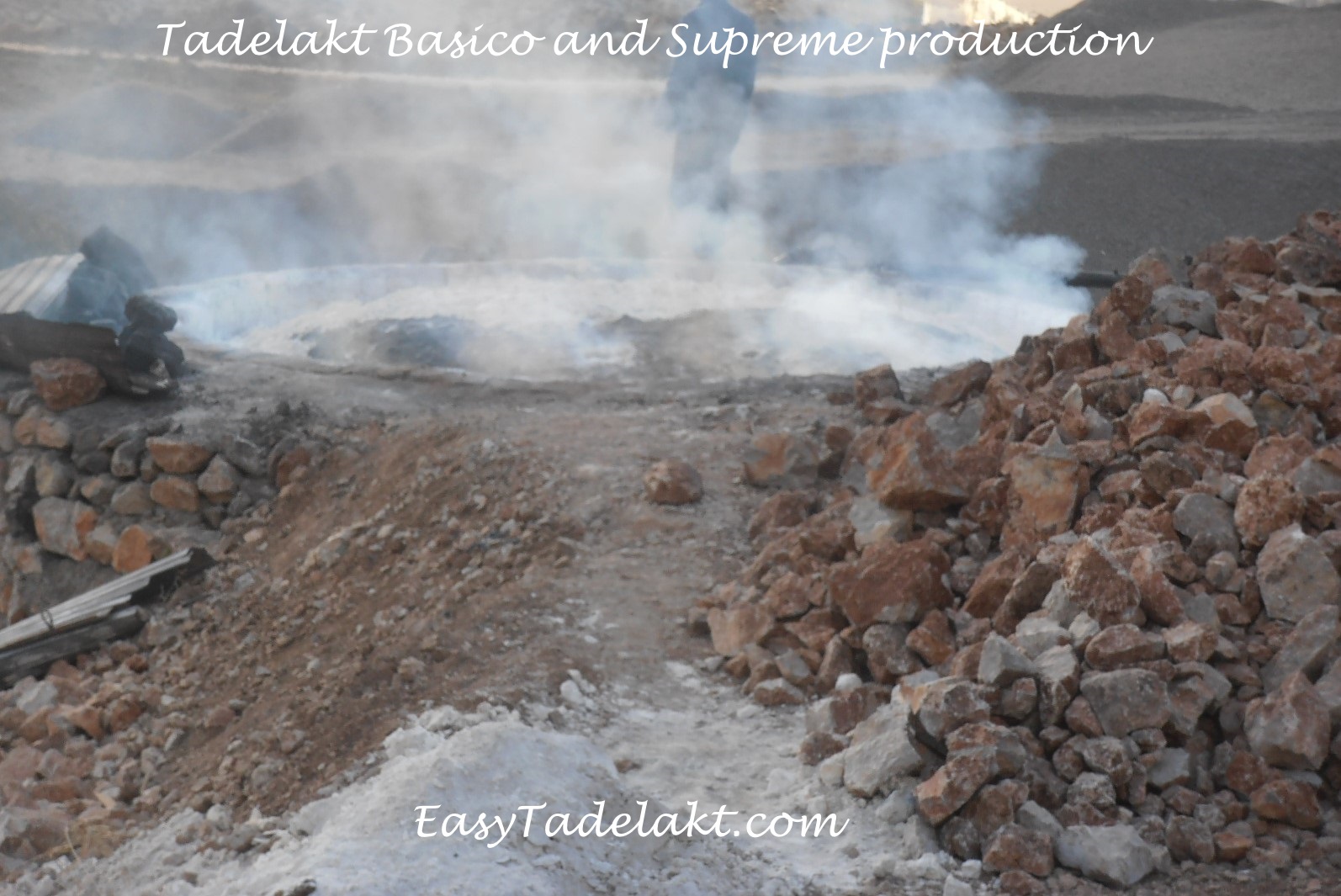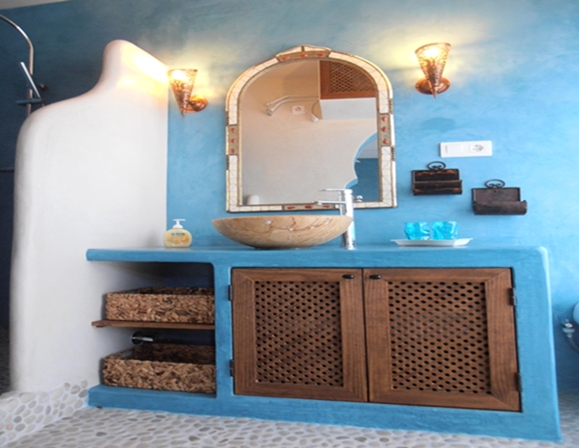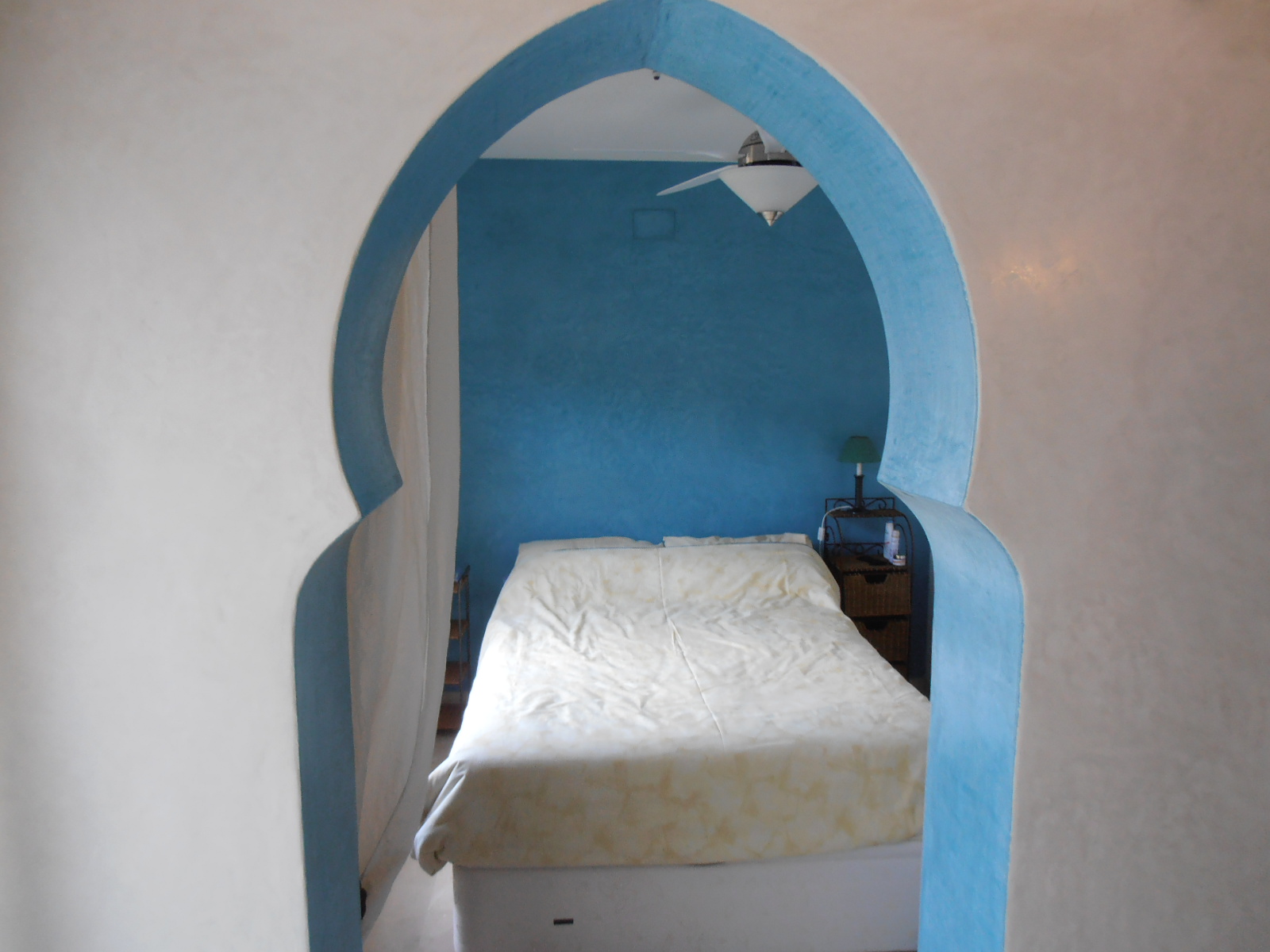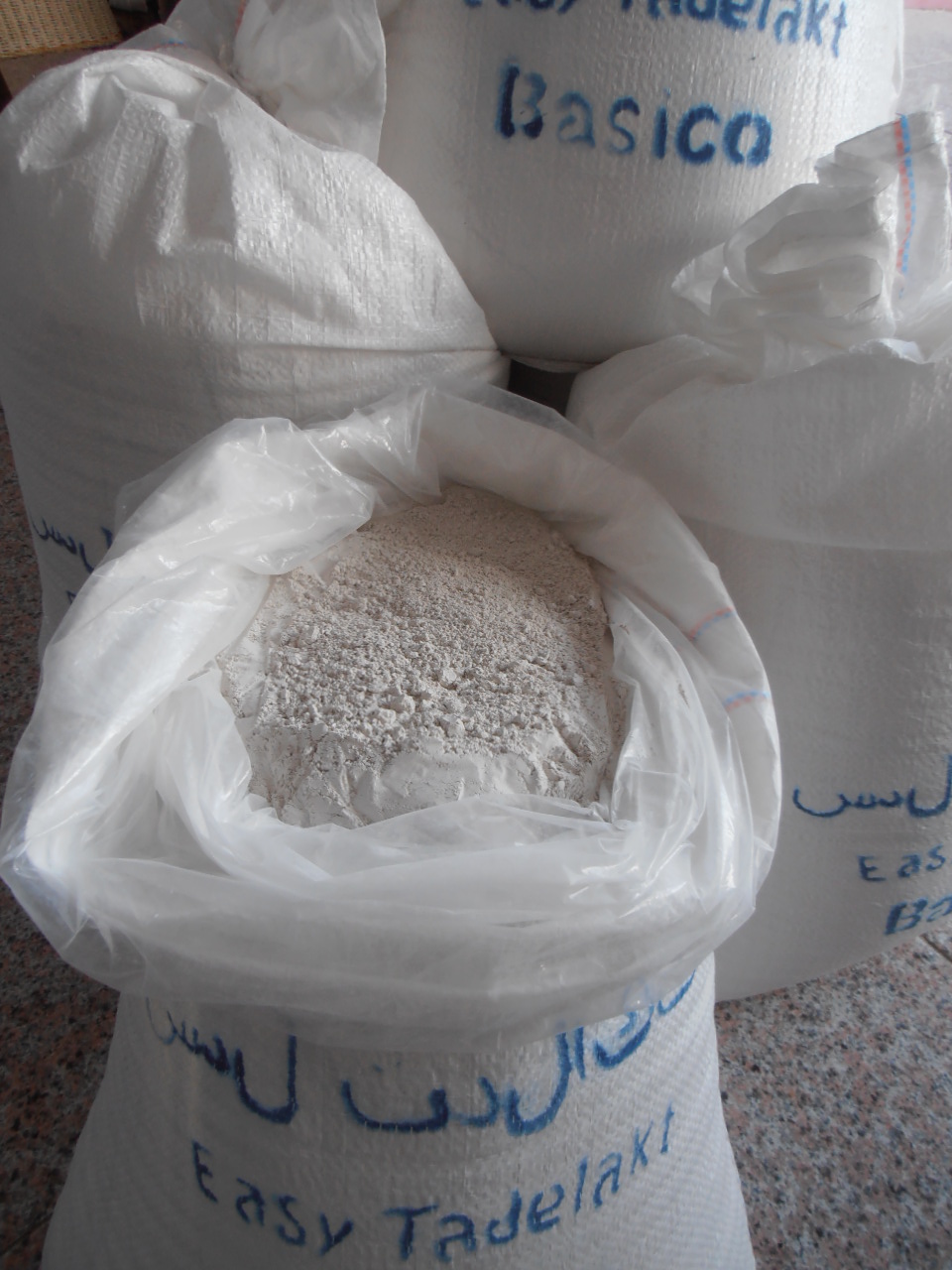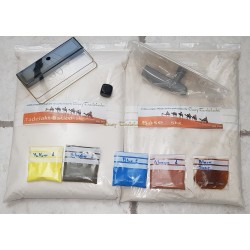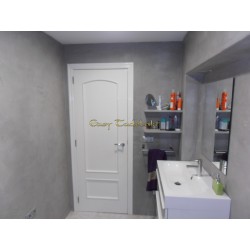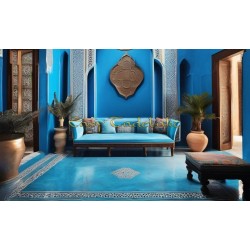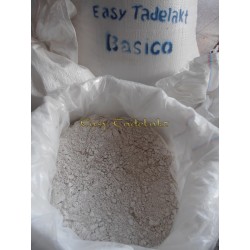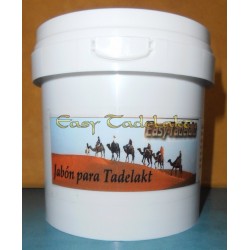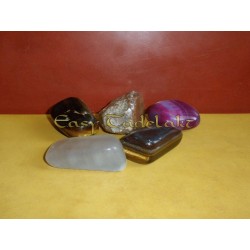What is Tadelakt?
The most interesting about the Tadelakt, its origin and history to the present.
Here you will find everything you need to know about tadelakt, its maintenance, about the application, about its history, its origin, its tricks and secrets, opinions and comparisons and you can even find all the necessary materials of a unique and very exclusive quality at prices unbeatable. Everything here, on the same website. Now you can do without expensive imitations and jump straight into the true luxury of tadelakt.
For these difficult times, our products are now the best solution.
See how Tadelakt is made. Video with sound.

Tadelakt is the best alternative to tiles, paints and other coverings.
EasyTadelakt, the self-cleaning and antiseptic continuous coating. Create natural, healthy spaces with unmatched beauty.
What is Tadelakt? The Tadelakt is a coating of lime comming from the region of Marrakech. It is unique and inimitable and it is not possible to reproduce it with other limes in the world as the geological composition of the region of Marrakech is completely unique. Also the making of this prestigious lime is burned and hand crafted like it was done over tousend years ago.
Discover the advantages of Tadelakt
It is the stucco of all stuccos, the most exclusive and expensive as well, even if with our Super-Prices it dosen't looks like this. Tadelakt was mainly used in Turkish baths (hammams), riads, palaces, mosques, but also in Algiva and wells, and on murals with moisture problems. Today it is present in the most luxury enviroments of classic and modern homes and locals arround the world. But it must come from Marrakech or it can´t be called Tadelakt.
Surfaces like no others.
His technique is centuries old and suspiciously guardedsecret by the Berbers of the Sahara malems and was recoveredagain recently become fashionable for people with a distinguished style of living.
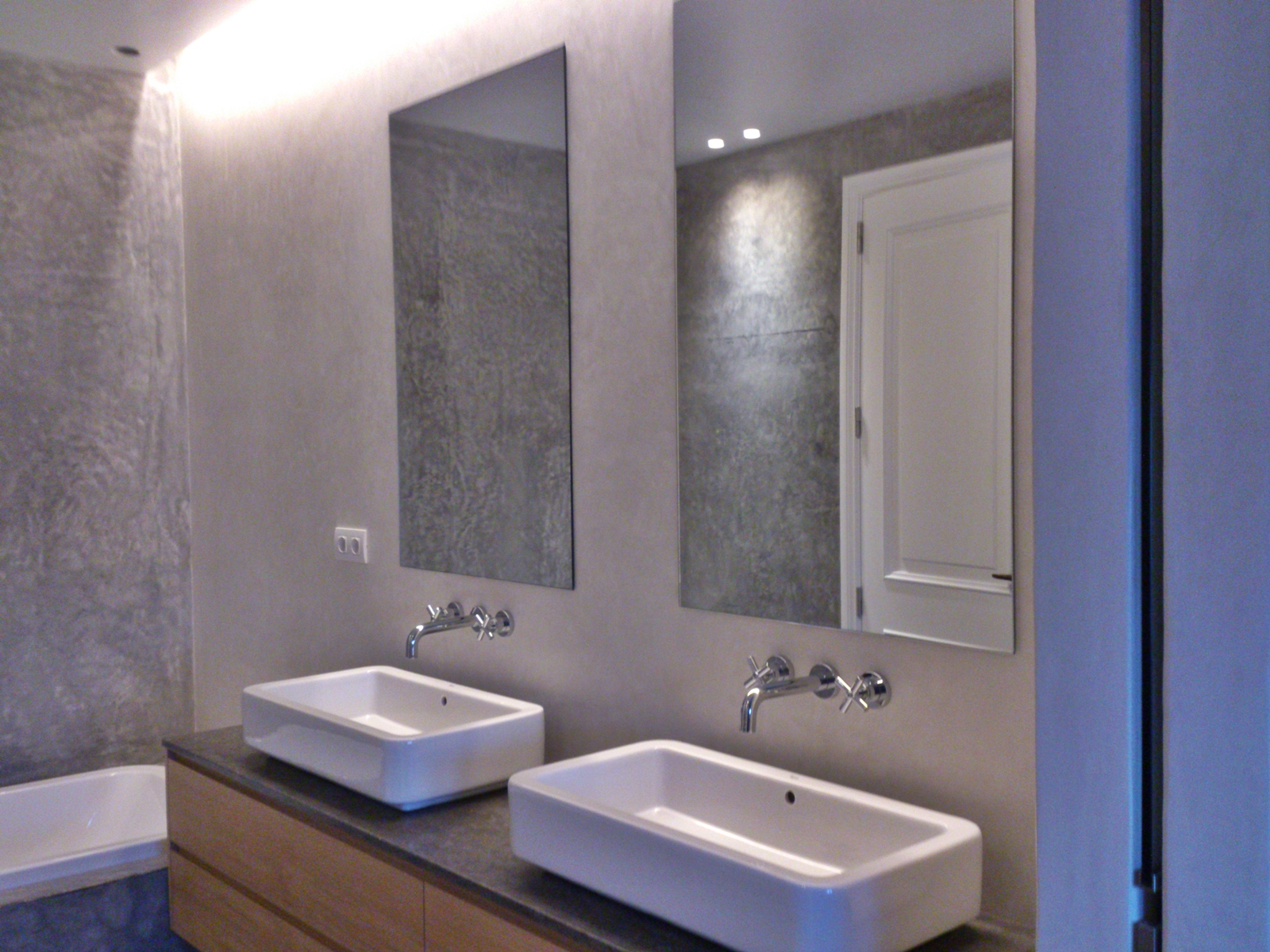
The Tadelakt finish is a alive surface, constantly interacting with their environment, it is practicly water repellent and hydrophobic, antiseptic (prevents the growth of mold, fungi and bacteria), smooth, semi-gloss to high gloss witha touch similar to the skin and with a unique and unparalleled beauty.
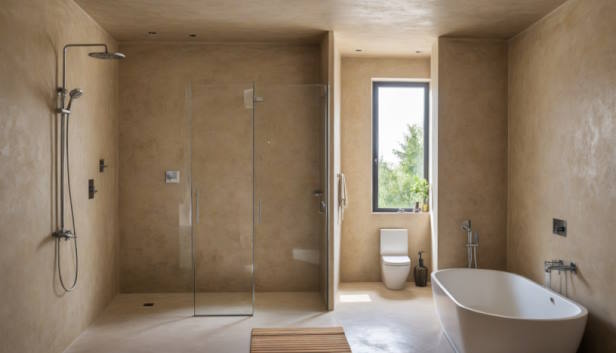
The Tadelakt counts as stucco plaster for her pain staking technique and its many properties.
A Tadelakt is like having a tree at home, consuming carbon constantly devolviento air.
Integrates seamlessly into rustic setting, as very modern or classic.
Due to its antiseptic and bactericidal properties, the EasyTadelakt
It is also the ideal coating for people with respiratory problems and for people with allergies of different types, since the EasyTadelakt maintains a particularly healthy climate and provides less suspended dust,
Tadelakt purifies the environments, absorbing carbon from theatmosphere and returns to the same negative ions, the purifiedccuales and heal the environment.
For these times of change, our products are now the best solution and also the most affordable.
In Morocco, Tadelakt is used to keep homes cooler in summer, but also to keep them warm in winter, thanks to its extraordinary properties.
This stucco is applied in two to three layers, on a prepared bottom, with a trowel, swirled with a wooden tool and then smoothed and polished with special stones. It is then impregnated with a solution of a special black soap and polished once more with a stone, which makes the material hydrophobic. In the end a wax is usually applied and ready. Thanks to our commitment and dissemination of this incredible technique, Tadelakt is nowadays accessible to any home and can be applied without difficulties without having to be a specialist in the field. Before you had to pay from € 100 m2 to € 500 m2 to a specialist and was only accessible to wealthy people.
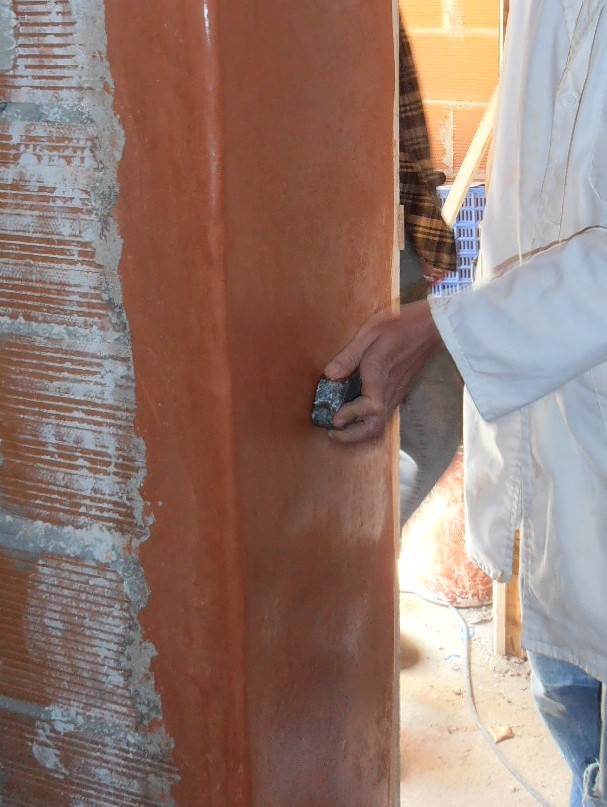
It is the perfect coating for all kind of sufferers and people with respiratory problems.
It is ideal for application on walls with moisture problems, such ascellars, basements, bathrooms vapos and others.
The Tadelakt coat is more durable and long-lived as concrete, as found in archaeological finds touch.
The Tadelakt is 100% natural without chemical addictive, its extraction and manufacturing is hand made and leaves a low ecological footprint.
Do not wait any longer and take advantage of the opportunity to improve the quality of your life and your home at the same time with the best materials.
Do you want to learn a little more about Tadelakt?
With this learning kit you can do wonderful things.
It will be a lot of fun!
Learn about the biggest Tadelakt project in history.
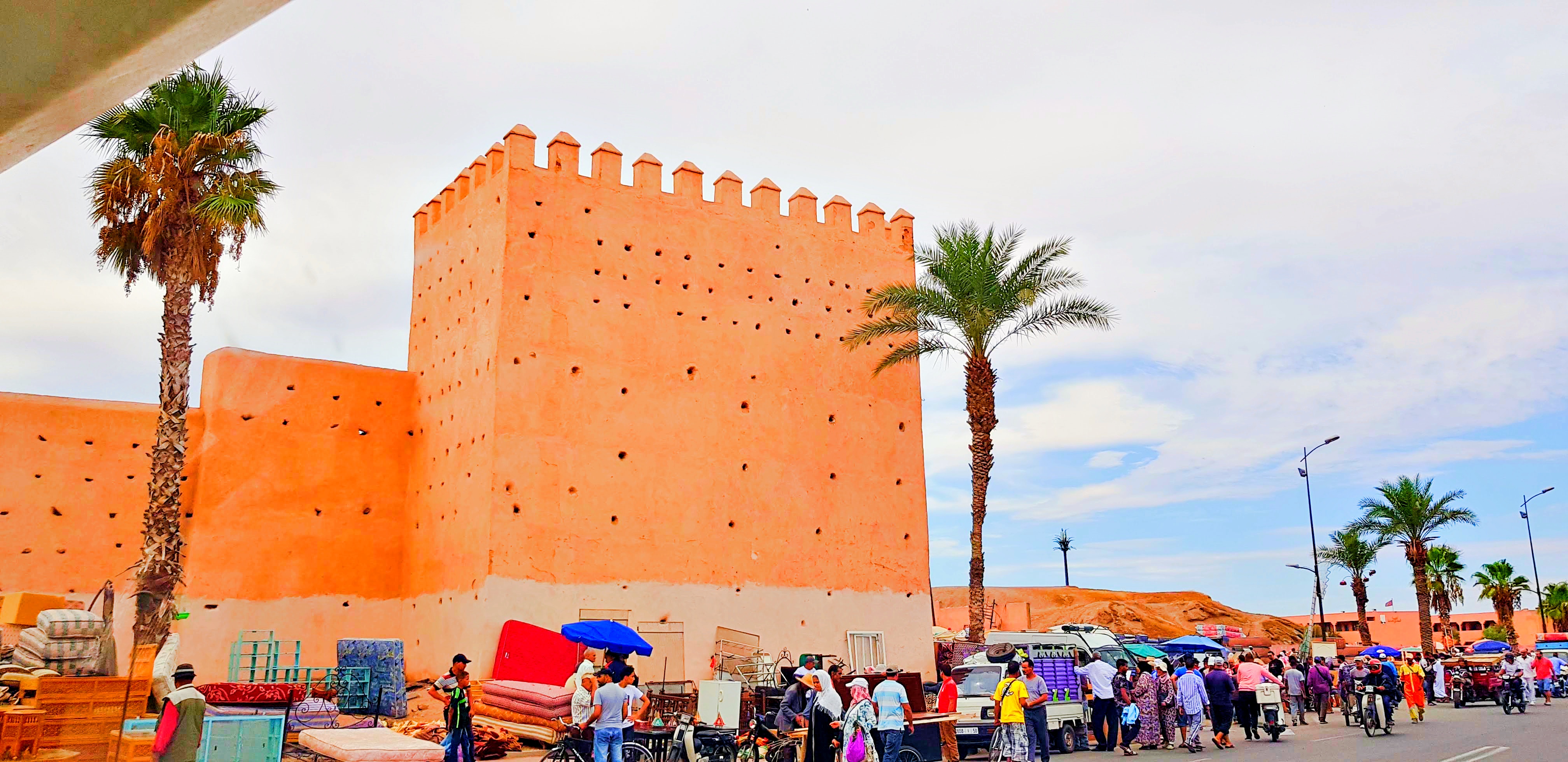
The History of the Marrakech Wall and Its Recoating with Tadelakt
The city of Marrakech, known as the "Pearl of the South" or the "Red City," has been a hub of culture, commerce, and political life in Morocco for centuries. One of the city’s most iconic features is its impressive walls, which surround the old medina and have witnessed the city’s evolution over more than a thousand years. These walls, originally built as a defense against invaders, have recently been recoated with Tadelakt, an ancient Moroccan plastering technique with deep symbolic and historical significance for the region.
The Beginnings of the Marrakech Wall
The construction of the Marrakech wall dates back to the 12th century, during the reign of the Almoravids, the first Muslim dynasty to rule the city. Yusuf ibn Tashfin, founder of the city in 1070, and his son Ali ibn Yusuf, ordered the construction of these fortifications in 1126 as a response to the need to protect the growing population of Marrakech and safeguard its resources.
The original wall was built using typical construction techniques of the time, such as the use of adobe, a material made of clay and straw that was compacted and sun-dried. This technique allowed for the creation of solid, durable structures that withstood the elements and invasions for centuries.
The Strategic and Cultural Importance of the Wall
Throughout history, Marrakech has been a crucial city in terms of trade and politics. The walls not only served as defense against external invaders but also marked the boundaries of the city's power and influence. At its height, these fortifications helped protect the heart of political life, mosques, palaces, and the souks, where exotic and local goods were traded.
Stretching over 19 kilometers, these walls are dotted with majestic gates or "bab," each serving as a strategic entry and exit point for the city. The most famous of these is Bab Agnaou, which, though now decorative, was originally one of the main entrances to the royal city.
The Relationship Between Tadelakt and Marrakech
Tadelakt is a plastering technique using lime, typical of Marrakech and other areas of North Africa. This ancient technique, with over a thousand years of history, has traditionally been used in hammams (Turkish baths), palaces, and riads. Its main characteristic is its ability to create a smooth, waterproof, and shiny surface, which can adopt various shades, from bright white to the famous ochre or red characteristic of Marrakech’s buildings.
In a historical context, Tadelakt symbolizes much more than a construction technique; it is an element of Moroccan cultural identity. Besides its durability, this technique brings a sophisticated and unique aesthetic, which has endured through time and has been rediscovered in modern times as a symbol of luxury and tradition.
The Process of Restoration and Recoating of the Walls with Tadelakt
Time and natural elements have left their mark on the walls of Marrakech. Rain, wind, and earthquakes eroded the original structures, leading to multiple restoration efforts over the centuries. However, in recent decades, the use of Tadelakt to recoat the walls has become a key project in preserving the architectural heritage of the city.
In the 1980s and 1990s, architects and heritage conservators began to reevaluate Tadelakt, not only as a decorative plastering technique but also as an effective means to protect and restore the ancient buildings of Marrakech, including its walls. The process of recoating the walls with Tadelakt has been a large-scale project that took decades to complete. It began in the early 2000s, with the goal of restoring significant portions of the walls, especially those most deteriorated by the elements.
The process of covering the walls with Tadelakt has been both a technical and cultural endeavor. It required the intervention of highly skilled artisans, known as maalem, who inherited the knowledge of the technique through generations. Each layer of Tadelakt is applied by hand, and the surface is smoothed with a specific stone, called "galet," to achieve its famous polished appearance. Additionally, Tadelakt provides natural protection against moisture, which is crucial for preserving the ancient adobe walls.
The Resurgence of Tadelakt and Its Meaning in Modern Marrakech
The recoating of the walls with Tadelakt symbolizes Marrakech’s desire to connect its past with its future. This technique not only honors the city’s rich cultural and architectural heritage but also adapts to contemporary conservation needs. In an era where tourism is a vital source of income for the city, preserving its architectural heritage is essential.
Moreover, the use of Tadelakt has transcended the walls of the medina and found its place in luxury hotels, spas, and high-end residences worldwide, where authenticity and the beauty of Moroccan craftsmanship are highly sought after.
Conclusion
The restoration of Marrakech’s walls with Tadelakt is a true feat of cultural and historical preservation. This monumental project has not only returned the walls to their former glory but has also reaffirmed the city’s connection to its roots through a technique that has stood the test of time and remains an iconic symbol of Moroccan identity. The history of Marrakech, its walls, and Tadelakt are intertwined inextricably, reminding us of the importance of preserving the past as we move into the future.
Subscribe to our YouTube channel.
How to modernize your bathroom with Tadelakt
without removing tiles
